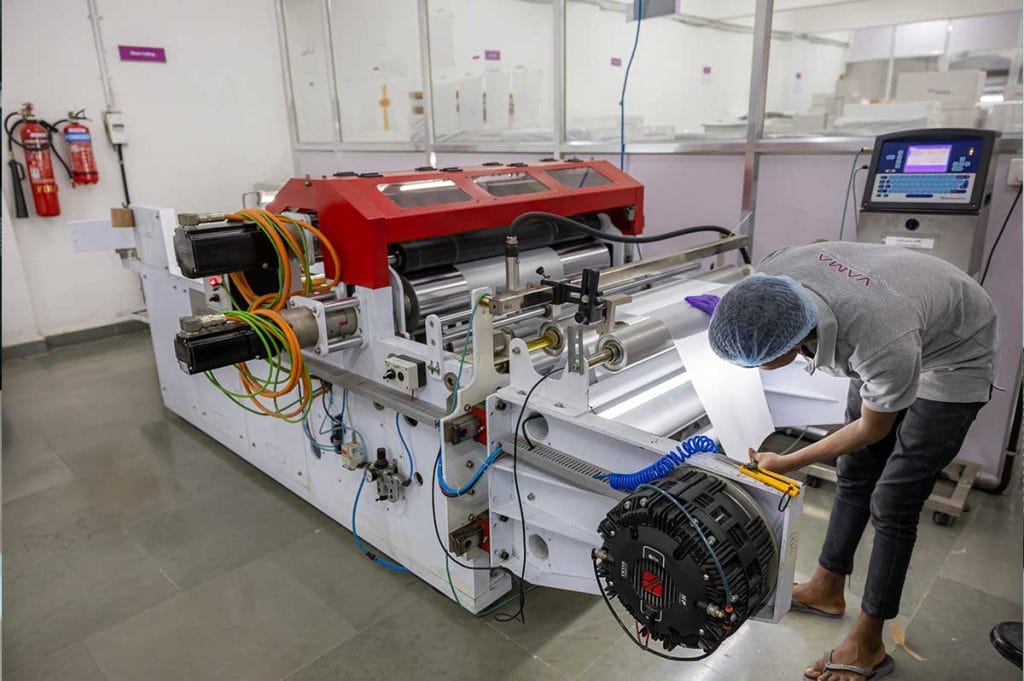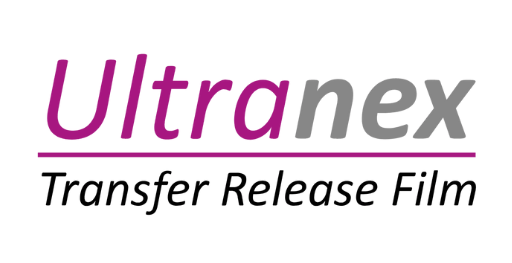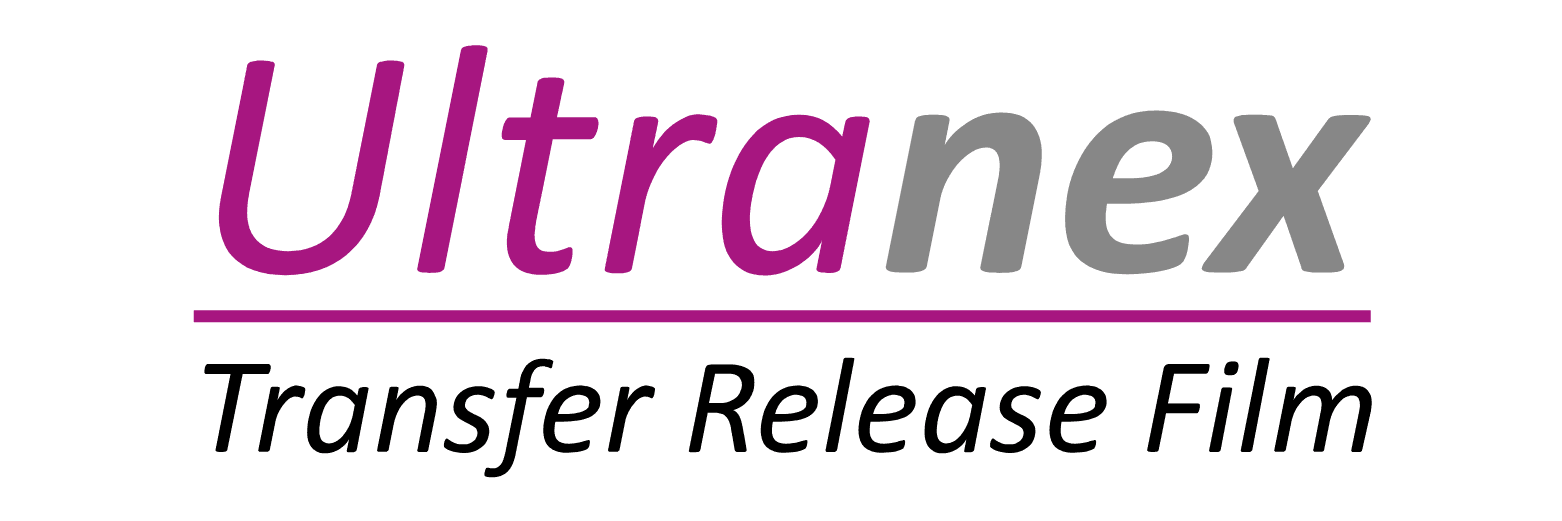While it’s technically possible to print DTF without dedicated RIP (Raster Image Processor) software, it’s generally not recommended, especially if you’re aiming for consistent, high-quality results. Here’s a breakdown:
Why RIP Software is Important for DTF
- Color Management
- RIP software plays a crucial role in color management, ensuring accurate and vibrant color reproduction. It allows you to create and use ICC profiles, which calibrate the printer to match the intended colors of your design. Without RIP software, colors may appear dull, inaccurate, or inconsistent.
- White Ink Control
- One of the key advantages of DTF is its ability to print a white underbase, which is essential for vibrant prints on dark garments. RIP software provides precise control over white ink usage, allowing you to adjust the density and coverage of the white layer. This is vital for achieving optimal opacity and preventing ink waste.
- Ink Optimization
- RIP software optimizes ink usage, ensuring efficient and economical printing. It can adjust ink droplet size and placement, minimizing ink consumption without compromising print quality.
- Print Quality and Consistency
- RIP software enhances print quality by optimizing rasterization, which is the process of converting digital images into printable dots. This results in sharper details, smoother gradients, and improved overall print quality.
- It also helps maintain consistency across multiple prints, ensuring that colors and details are reproduced accurately every time.
- Workflow Efficiency
- RIP software streamlines the printing workflow by providing features like image nesting, which allows you to maximize film usage and reduce waste. It also simplifies print queue management and other essential tasks.
- Advanced Features
- Many RIP softwares offer advanced features, like chokes and traps, that help with overprint problems.

What Happens If You Print Without RIP Software
- Inconsistent Color Reproduction
- Colors may appear inaccurate or dull, and you’ll have limited control over color adjustments.
- Poor White Ink Control
- Achieving a proper white underbase will be challenging, leading to either weak prints on dark garments or excessive ink usage.
- Lower Print Quality
- Prints may lack sharpness and detail, and gradients may appear uneven.
- Increased Ink Consumption
- Without ink optimization, you’ll likely use more ink, increasing your operating costs.
In Conclusion
While basic printing is possible without RIP software, it’s not a practical solution for professional DTF printing. RIP software is essential for achieving consistent, high-quality prints and maximizing the potential of your DTF printer.







